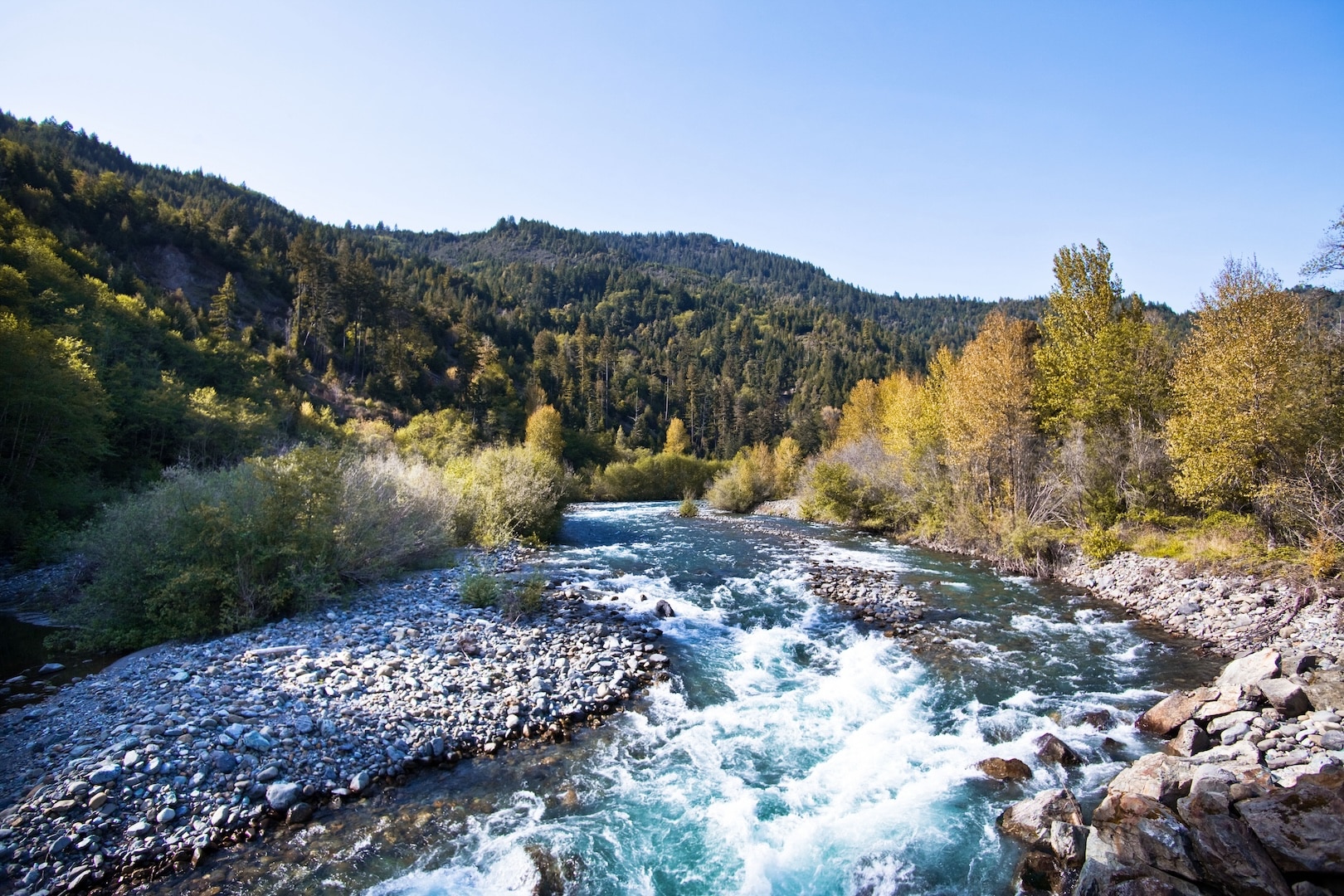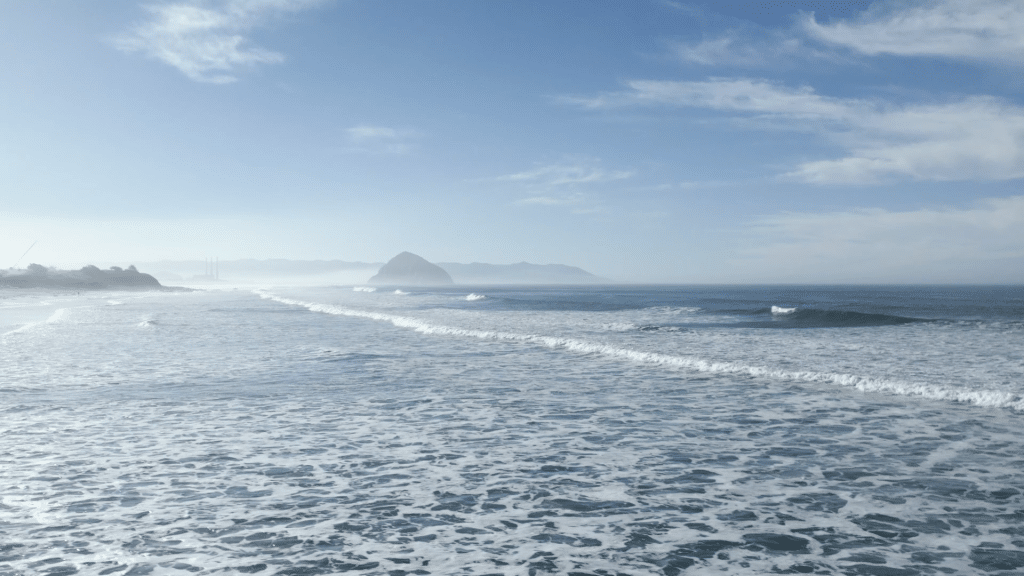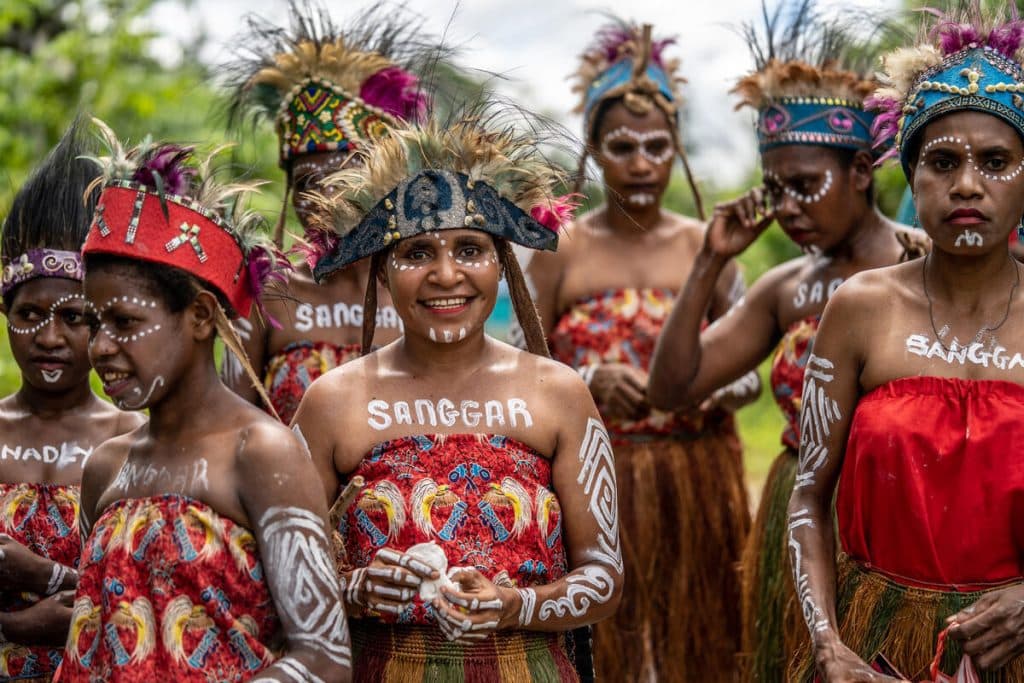Flowing through Oregon and into Northern California, the lower Klamath River region is an iconic landscape home to old-growth forests and sacred Yurok Tribal sites. The river’s cold-water tributaries are essential to the survival of coho and Chinook salmon, steelhead, and the northern spotted owl.
In late May 2025, the final section of more than 47,000 acres (about the size of Washington, D.C.) of ancestral lands around the Klamath River was formally returned to the Yurok Tribe, completing the largest land back deal in California history.
“The impact of this project is enormous. We are forging a sustainable future for the fish, forests and our people that honors both ecological integrity and our cultural heritage."
Joseph L. James, Chairman of the Yurok Tribe
This milestone re-establishes the Yurok Tribe’s stewardship of a landscape they once occupied and have cared for over millennia. The land encompasses the entire lower half of the Blue Creek watershed, 25 miles of the eastern bank of the Klamath River and dozens of miles of smaller salmon-bearing tributary streams. The lands were previously owned and managed as commercial timberland for nearly 100 years.
The lands will now be permanently protected and managed by the Tribe as the Blue Creek Salmon Sanctuary and Yurok Tribal Community Forest, a culmination of decades of advocacy by the Tribe and a 23-year collaboration between the Yurok Tribe and Western Rivers Conservancy.

Blue Creek’s Chinook salmon and steelhead runs are now protected from its headwaters in the Siskiyou Wilderness to its confluence with the Klamath River. Once the West Coast’s third-largest salmon producer, the Klamath’s runs plummeted due to dams, irrigation, and overfishing. Today, low flows and high summer temperatures remain a major threat. Blue Creek provides the first cold-water refuge, helping Chinook cool their bodies by up to eight degrees which is critical for their survival. Without it, most wouldn’t make it to their spawning grounds.
The transfer of these lands to the Tribe also more than doubles the Tribe’s landholdings and safeguards the long-term health of this critical ecosystem.
To help make this land return possible, the Packard Foundation provided a series of mission investments totaling $20 million over a ten-year period and a grant to Western Rivers Conservancy to support the vision of the Yurok Tribe to protect their ancestral lands, safeguard salmon habitat, and strengthen local stewardship.
From 2009 through 2025, Western Rivers Conservancy acquired and facilitated transfer of the lands to the Yurok Tribe.
“This is a powerful example of how long-term partnership with our mission investees and local leadership can enable Indigenous ownership and empowerment, while restoring natural ecosystems and the communities that depend on them.”
Madeline Wu, Mission Investing Deputy Director for the Packard Foundation
Forests like those along the Klamath River are home to countless plant and animal species, providing clean air, water, and other life-sustaining resources. They are also one of the most powerful natural tools we have for slowing climate change. The Packard Foundation is committed to supporting organizations that protect forests and strengthen local leadership, so that the natural world is protected and restored for years to come.





